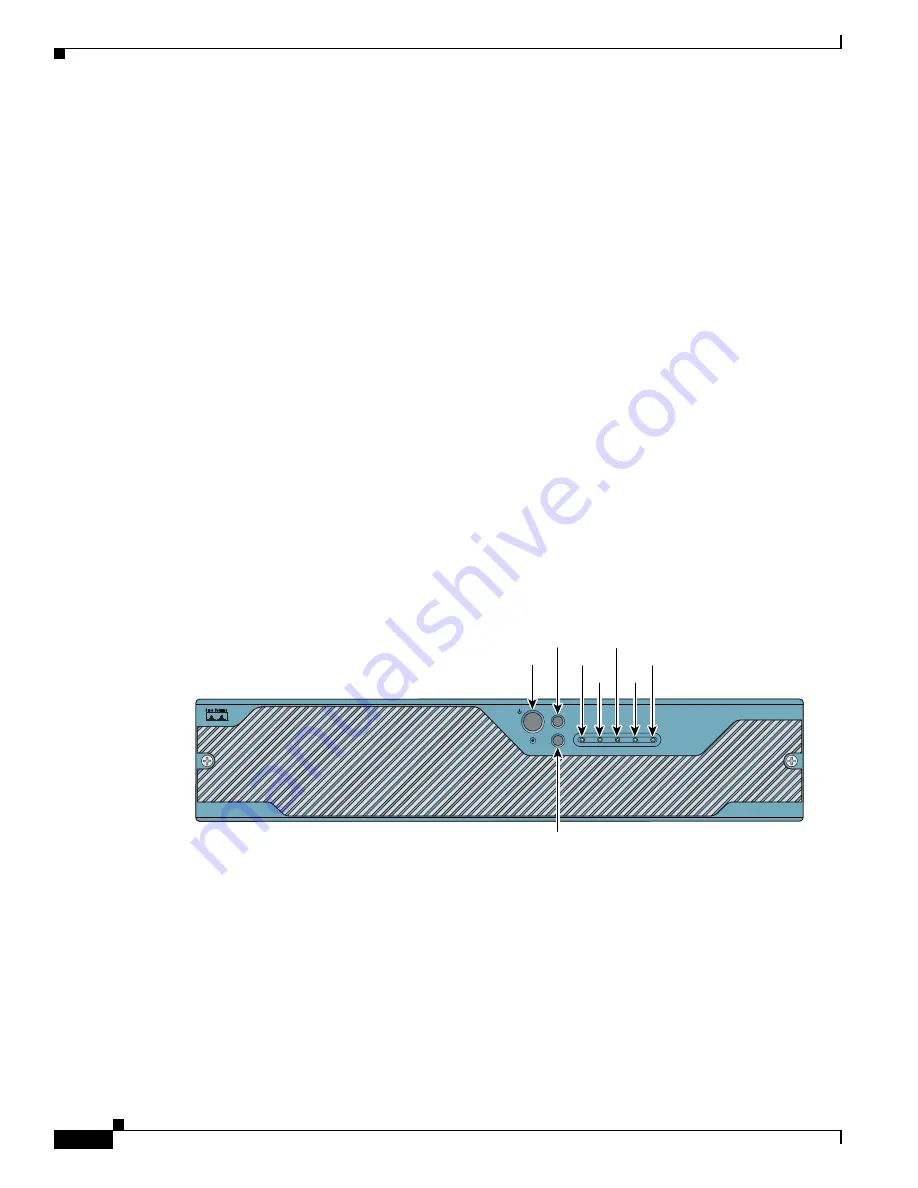
3-6
Cisco Intrusion Prevention System Appliance and Module Installation Guide for IPS 7.0
OL-18504-01
Chapter 3 Installing the IPS 4260
Front and Back Panel Features
Hardware Bypass and Link Changes and Drops
Properly configuring and deploying hardware bypass protects against complete link failure if the IPS
appliance experiences a power loss, critical hardware failure, or is rebooted; however, a link status
change still occurs when hardware bypass engages (and again when it disengages).
During engagement, the interface card disconnects both physical connections from itself and bridges
them together. The interfaces of the connected devices can then negotiate the link and traffic forwarding
can resume. Once the appliance is back online, hardware bypass disengages and the interface card
interrupts the bypass and reconnects the links back to itself. The interface card then negotiates both links
and traffic resumes.
There is no built-in way to completely avoid link status changes and drops. However, you can greatly
reduce the interruption time (in some cases to sub-second times) by doing the following:
•
Make sure you use CAT 5e/6-certified cabling for all connections.
•
Make sure the interfaces of the connected devices are configured to match the interfaces of the
appliance for speed/duplex negotiation (auto/auto).
•
Enable portfast on connected switchports to reduce spanning-tree forwarding delays.
Front and Back Panel Features
This section describes the IPS 4260 front and back panel features and indicators.
Figure 3-4
shows the front view of the IPS 4260.
Figure 3-4
IPS 4260Front Panel Features
There are three switches on the front panel of the IPS 4260:
•
Power—Toggles the system power.
•
Reset—Resets the system.
•
ID—Toggles the system ID indicator.
Cisco IPS 4260 series
Intrusion Prevention Sensor
POWER
STATUS
FLASH
ID
NIC
Power
Flash
Status
ID
NIC
RESET
ID
153095
POWER
RESET
ID














































